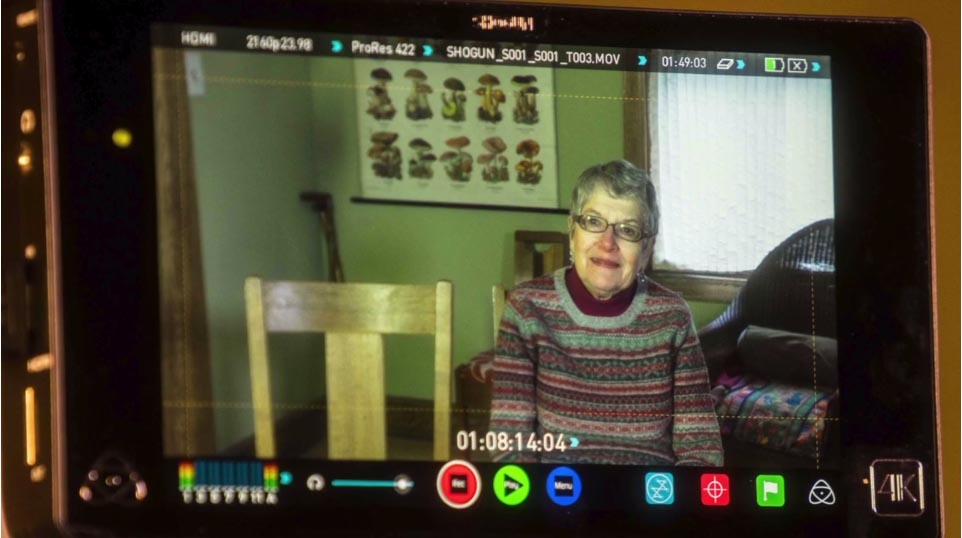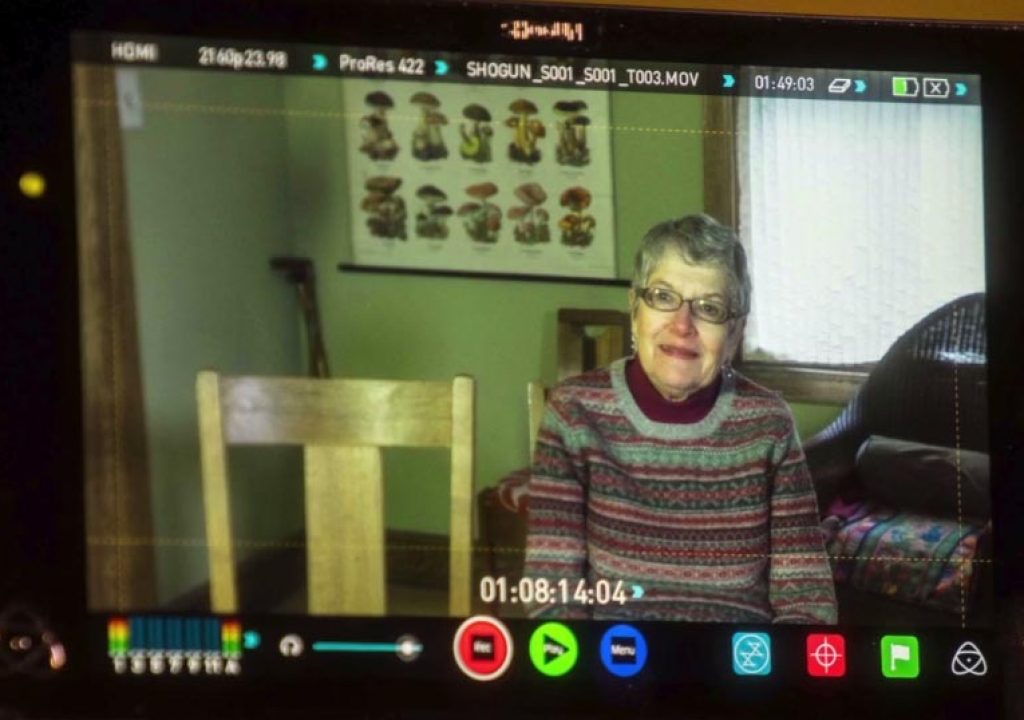
What I’ve always loved most is listening to people tell their life stories. I grew up as one of those kids who loved listening to adults tell stories even more than hanging out with kids my own age. And I just happened to notice that, to me, the best stories were the “true” stories that people pulled from their real lives. So when I grew up and became a writer/journalist, I did my best work when writing about people and their lives.
Some 20 years ago, when a friend’s father was dying, I asked her if I could interview him about his life and he eagerly agreed and so I sat down with him and just an audio recorder and we had a great couple hours. At his funeral, I was able to hand his 3 daughters an edited version of that audio interview and saw their deep appreciation and felt a deep satisfaction and I knew I was on to something I found important.
I was still working full-time as a writer/editor in print journalism, but I knew this is what I wanted eventually to do full-time. I’d long enjoyed taking stills photos (for years I used Canon Rebel-series cameras) and slowly started to learn more about shooting video to tell stories, including learning how to edit, first with iMovie and then Final Cut, etc.
More than 3 years ago now, my wife allowed me to quit my print journalism job to start Moving Stories Media. Of course, once I started the business, that’s when my education in how to direct and shoot and edit life-story videos began in earnest.
The first camera I got to shoot life-story videos with for Moving Stories Media was a Canon 5D2. I moved up to a 5D3. But I now shoot with a Sony A7S (I also have an A7R as my stills camera and my B video camera).
I bought my Shogun at the end of December from B&H and I just shot my third production with it last week. I love the Shogun’s beautiful screen, its many touch controls and the image that the Shogun is able to pull directly from the A7S sensor.
I can’t (yet!) afford the higher-end video cameras and their high-end beautiful images, and so I love how the Shogun (as well as the Ninja 2 and the Samurai Blade, both of which I had the chance to use before the Shogun) is able to pull a really clean image from the camera’s sensor.
I shoot with a Sony A7S as my A camera and an A7R as my stills camera and my B video camera. I have the Sony G 70-200mm F4, the Sony-Zeiss 16-35mm f4, the Zeiss Loxia 50mm f2 and the Nikon Nikkor 105mm f2.5. I have a matte box and several Schneider Optics 4×4 filters, including the BlackMagic 1/2. And I use 2 Neumann KMR 82s, a couple Sanken COS 11D lavaliers, a Sound Devices 552 and a Zoom H5 in a pinch for sound.
I use a number of different applications to make a final edit. Incorporating stills is an important part of the videos that I make, so I find myself using Photoshop more and more. Using FCPX I edit on a MacPro (late 2013) and redundant storage, including as the base a Pegasus2 R6 machine. I am an Adobe CC member and can use the excellent Adobe tools, I like Audition for audio. And Premiere Pro has excellent color grading tools. I do sometimes switch back and forth between FCPX and Adobe CC when the need arises. I love Lightroom and I use Compressor when I produce the final outputs of the videos. I usually give client-families an online version as well as a DVD version of the final video and I can also give them an HDD with all of the original clips saved on it.
Take a look at a BTS video we put put together…
Atomos Shogun Review/Story of my Dad’s work as a Civil Rights reporter from William A Clements on Vimeo.
About the Author:
Bill Clements got involved in film and video about 7 years ago purely out of a need to tell a story. But it was his desire to tell stories in different ways that lead him to picking up an Atomos Shogun that is now a valuable part of his gear box. Based out of Minneapolis, you can find out more about Bill and Moving Stories Media via http://www.movingstoriesmedia.com
Find out more about Atomos recording and monitoring solutions via www.atomos.com

